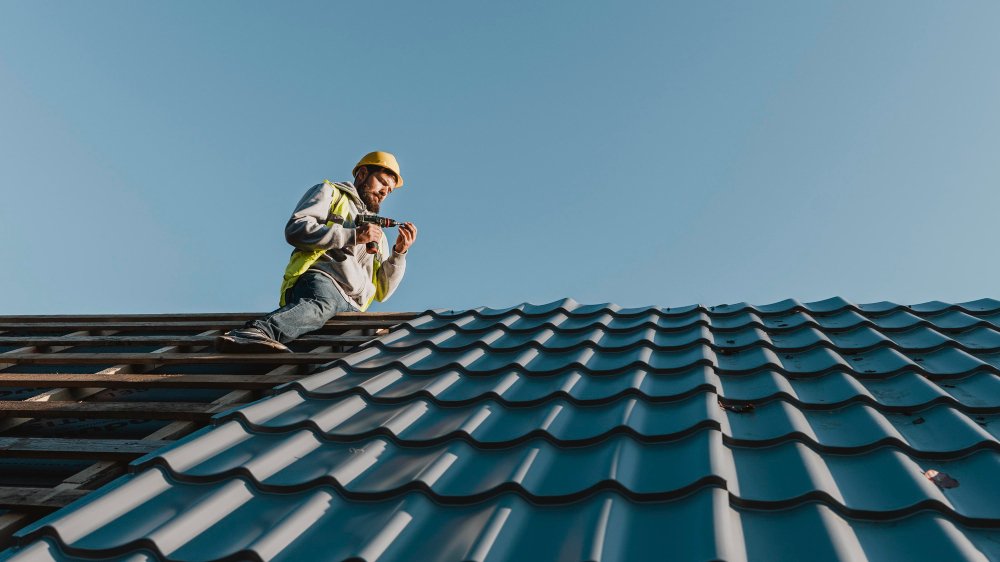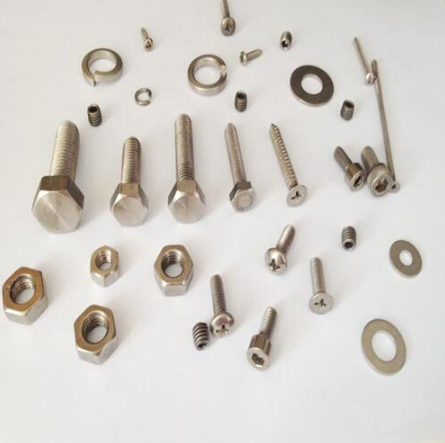A solid roof does more than keep you dry. It protects your home’s structure, supports insulation, and maintains property value. Yet many homeowners make roofing mistakes that lead to expensive repairs or replacements long before they should be necessary. If you’re planning a roof upgrade or tackling a repair, avoid these common missteps to ensure long-term performance and peace of mind.
Choosing the Wrong Materials for Your Climate
Not all roofing materials are created equal. Some might look great or seem affordable, but they can be completely unsuitable for your local weather conditions. For instance, asphalt shingles may struggle in areas with extreme heat, while clay tiles can be a poor choice in freeze-prone regions due to their tendency to crack.
Homeowners in snowy or rainy climates often benefit from metal roofing due to its durability and water resistance. If you’re unsure which material is best for your area, consult with a local roofing expert. A reputable metal roofing company can help you understand the long-term benefits and cost implications based on your location and needs.
Skipping a Professional Inspection Before Installation
Too many homeowners assume their roof deck is fine because no obvious damage is visible. But roofing problems often start below the surface. Moisture-damaged wood, mold, or soft spots can compromise the integrity of the entire system.
Hiring a professional to inspect your roof before starting work is not overkill—it’s a smart investment. Especially when dealing with issues like Storm Damage Repair, they’ll look at ventilation, structural soundness, and underlayment conditions. Think of it like checking the foundation before building a house. It’s foundational and essential.
Neglecting Proper Ventilation
Roofing isn’t just about shingles. One of the most overlooked parts of the system is ventilation. Without it, heat and moisture build up in the attic, causing insulation to deteriorate, mold to spread, and shingles to age prematurely.
Proper ventilation involves a balance of intake and exhaust vents to keep air flowing. If your attic feels like a sauna in summer or shows signs of condensation in winter, it’s a red flag. According to the U.S. Department of Energy, a well-ventilated attic can significantly reduce energy costs and extend the life of your roof.
Relying on DIY Fixes for Major Problems
It’s tempting to handle minor roof issues yourself—after all, how hard could replacing a few shingles be? But what starts as a simple repair can lead to bigger headaches if done incorrectly. Misaligned shingles, improperly sealed flashings, or damaged underlayment can all open the door to water intrusion.
Even if you’re handy, it’s best to leave significant roofing tasks to the professionals. They have the tools, safety training, and expertise to do the job right the first time. Quick fixes might save you money today, but they can cost thousands later.
Ignoring Flashing Details and Seals
Flashing is one of those small details that does a big job. It seals joints where water is most likely to sneak in—around chimneys, skylights, and roof valleys. If flashing is poorly installed or begins to corrode, it can undermine the entire roof system.
Sadly, some contractors skip or rush flashing installation to save time. Don’t let that happen. Ask specifically about flashing materials and how they’ll be sealed. A good installer will take the time to ensure every joint is tight and leak-proof.
Delaying Maintenance and Routine Inspections
Even the best roofs need attention now and then. Neglecting regular inspections can allow minor problems to become major disasters. A small crack in a shingle might seem harmless, but over time, it can lead to water damage, mold, or even structural rot.
Plan to inspect your roof at least twice a year—once after winter and again in the fall. Check for missing shingles, sagging spots, or signs of algae growth. And don’t forget to clean out your gutters. Backed-up water can seep under your shingles, causing avoidable damage.
Hiring the Cheapest Contractor Instead of the Most Qualified
A low quote might seem like a win, but when it comes to roofing, you truly get what you pay for. Some contractors cut corners on materials or skip necessary steps to underbid the competition. In the end, you could be left with a subpar roof that won’t last.
Always vet your roofer. Check their certifications, read customer reviews, and verify their insurance coverage. Ask for references and don’t be afraid to question their process. A reliable contractor won’t shy away from explaining their approach and providing written guarantees.
Conclusion: Think Long-Term, Not Just Short-Term Savings
Your roof is one of your home’s most valuable assets. Skimping on materials, rushing repairs, or hiring based on price alone can lead to years of regret and costly rework. The best way to avoid these common pitfalls is to plan ahead, work with reputable professionals, and make maintenance a regular habit.
By avoiding these common blunders, you won’t just keep your roof leak-free—you’ll protect your investment, your energy bills, and your peace of mind.









